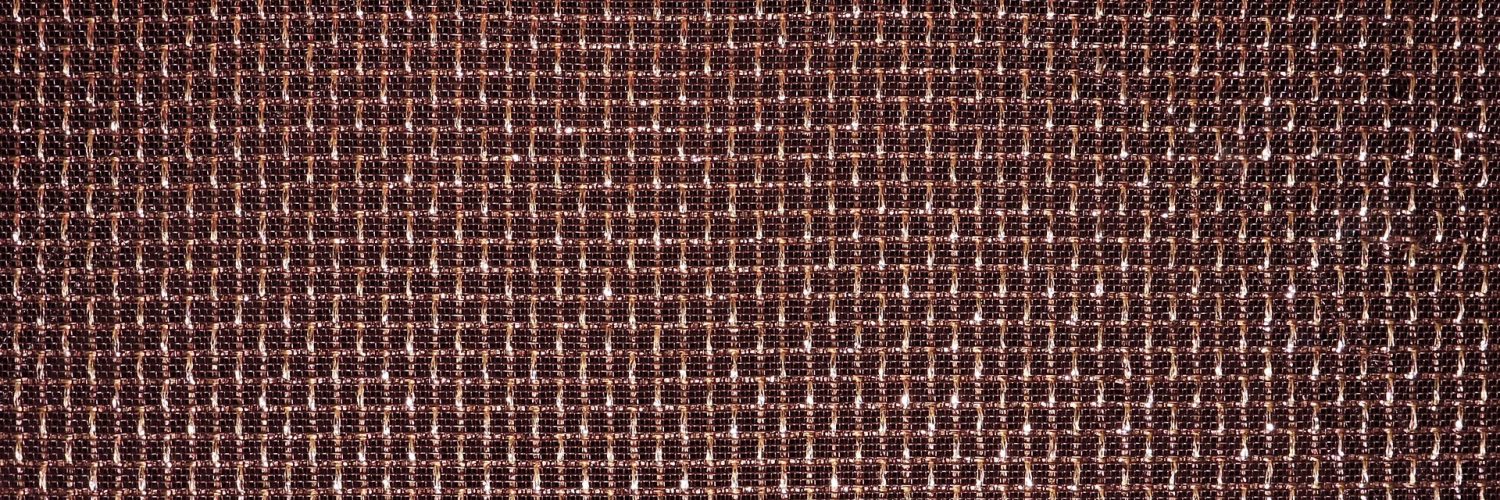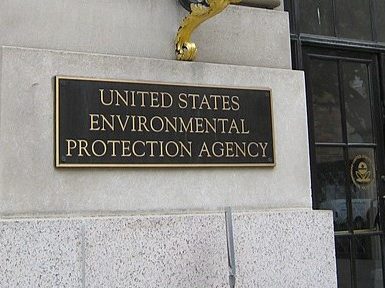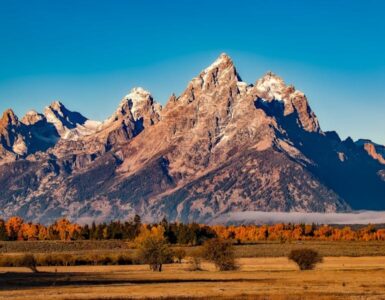While copper prices drill down as trade wars with China intensify, several new mining projects are forging ahead in Arizona. Copper is still king here. The state remains one of the world’s top producers.
These new mining operations are expected to create thousands of jobs and pump billions of dollars into the economy. Even better, today’s conservation methods and technology will help keep the environment clean.
Here’s what’s on the horizon:
Florence Copper After eight years and $28 million, the Taseko-owned mining operation is months away from producing its first sheet of copper cathode at its new test facility in Florence. The facility is under a one-year permit to prove to federal regulators it can safely produce copper. If there are any problems, it has the option to continue testing another year.
If all goes well, it will start construction on a $200-million commercial plant to produce copper for the next 25 years. Its target is a large copper deposit 400 to 1,200 feet below the surface. Because it lies in porous rock, it can be recovered using a process called in-situ copper recovery.
“Mother Nature has been extremely kind to this project,” said Stacy Gramazio, Communications and Public Affairs Manager. “Our bedrock is so highly fractured, we are able to use a water-based extraction method with minimal land disturbance and water consumption.”
In-situ recovery involves drilling in a well field and dissolving copper using 99.5 percent water and .5 percent sulphuric acid solution, which is similar in pH to common household vinegar, she said.
“When we’re finished we can remove the wells. There are no open pits. No blasting. No waste dumps, and none of the large equipment typically associated with traditional mining,” she said.
During its lifetime, Florence Copper is estimated to create about 800 jobs including 480 in Pinal County, and generate $3.4 billion in economic activity. Of that, $2.1 billion will stay in Pinal County.
ASARCO completed a $229-million modernization of the historic Hayden copper smelter to meet environmental regulations for sulphur dioxide emissions. Owned by Grupo Mexico, the mine has restarted operations and is expected to reach full production this year. The foundry has state-of-the-art technology in converting ovens and in the collection and handling of gases and powders. It has greater efficiency and will have the design capacity of copper concentrate smelting of 630,000 tons per year.
The smelter employs 560 and contributes about $122 million annually to the economy.
Freeport McMoRan Inc., is close to completing a $250 million modernization of equipment at the historic Miami smelter near Globe to comply with federal air-quality regulations. The main component of the project is a new scrubber that will treat sulfur-dioxide emissions. The Miami mining operation employs 760 and has an annual economic impact of about $267 million.
Excelsior Mining Corp. announced last month that it has been issued the first new copper mine permit in Arizona in over a decade. The federal Environmental Protection Agency issued an operating permit for in-situ recovery mining, a Class III Underground Injection Control Area Permit, for the Gunnison Copper Project between Benson and Willcox.
Resolution Copper has spent $40 million cleaning up a hundred-year old mining site before it starts construction on a new copper mine that will be the largest in North America.
“We want to show the community we’re good at reclamation before we even start mining,” said Jonathan Ward, company spokesman. “We’re good at cleaning up contaminants and returning the land to its natural desert state.”
Rio Tinto and BHP entered into a joint venture to purchase the old Magma Copper Mine in Superior. As they have been going through the years-long permit process, they are cleaning up the west plant site. The clean up is expected to be finished next spring. The company will then reseed and reclaim the smelter site.
It also is restoring the historic No. 9 shaft that involves rehabilitating the existing 4,800 feet deep shaft, extending it about 7,000 feet below surface, and linking it with the No. 10 shaft. Connecting the two shafts will provide a second independent means of egress from underground along with improved infrastructure and ventilation.
“Resolution is the largest single investment in the history of Arizona,” Ward said. “If this mine does become operational, it would produce thousands of jobs in a region that has high unemployment, and generate billions of dollars for the state.”
















Add comment